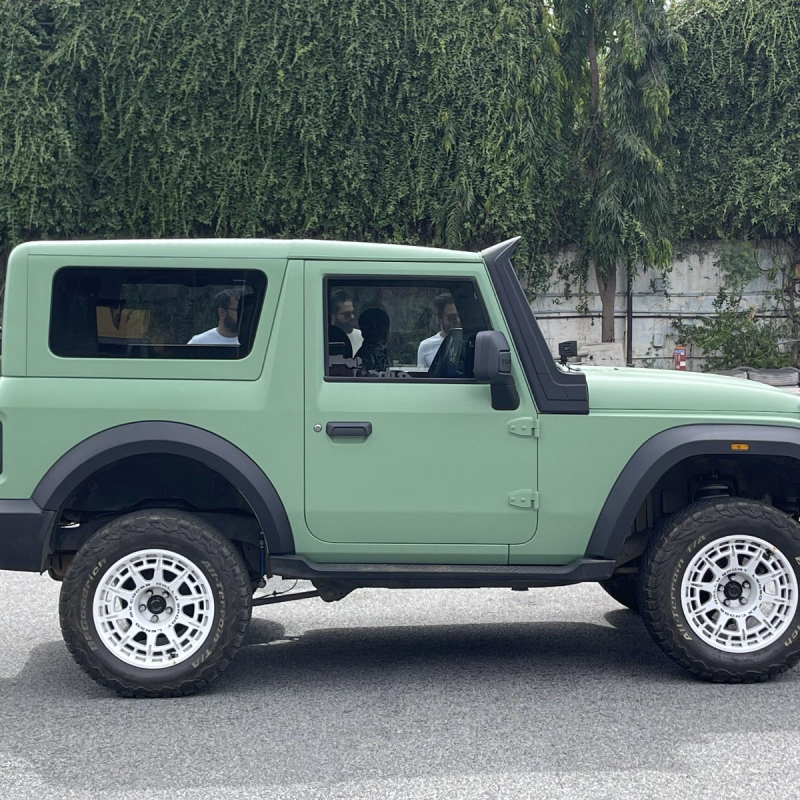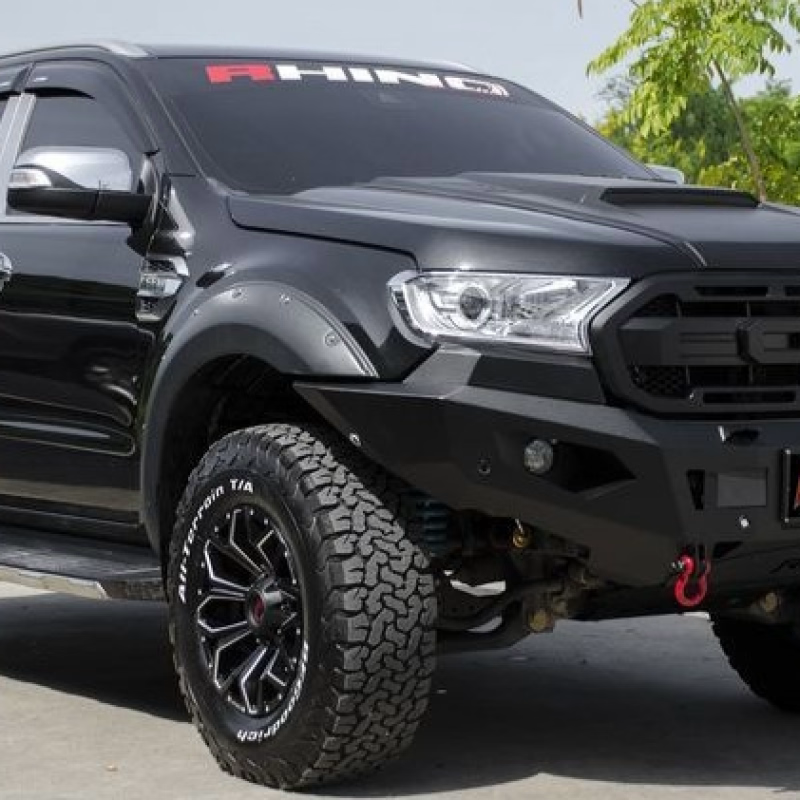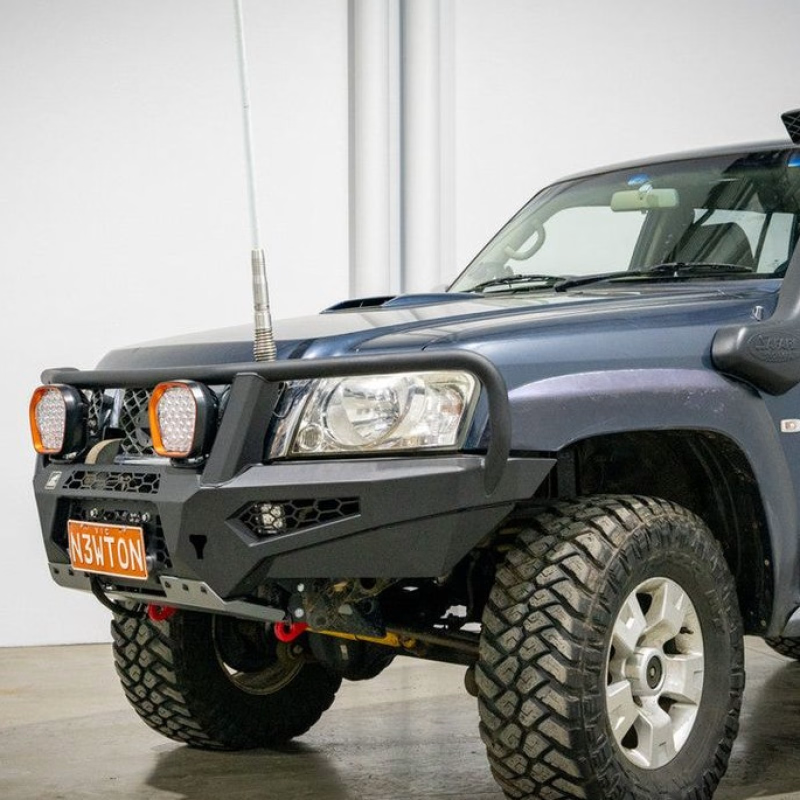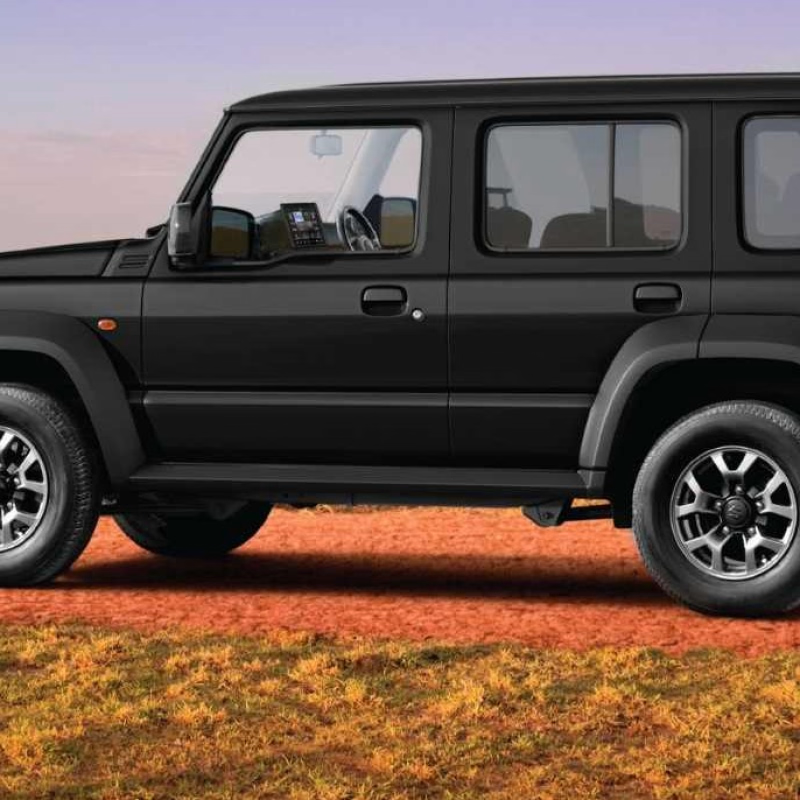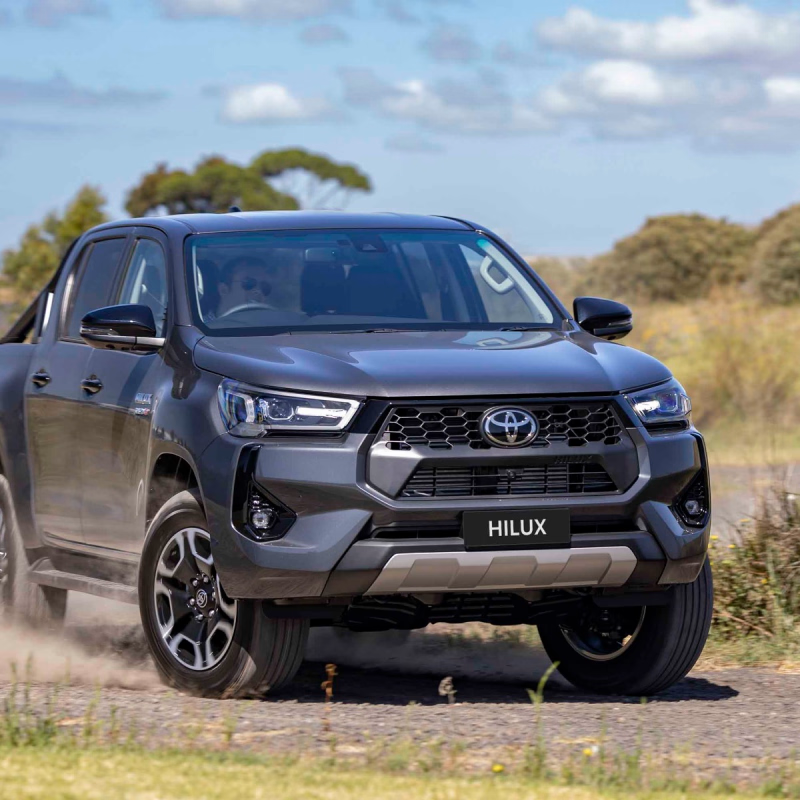Foam Cell vs. Gas Shocks: Which Ironman Suspension is Right for You?
Published by Torquebear Admin on Aug 19, 2025
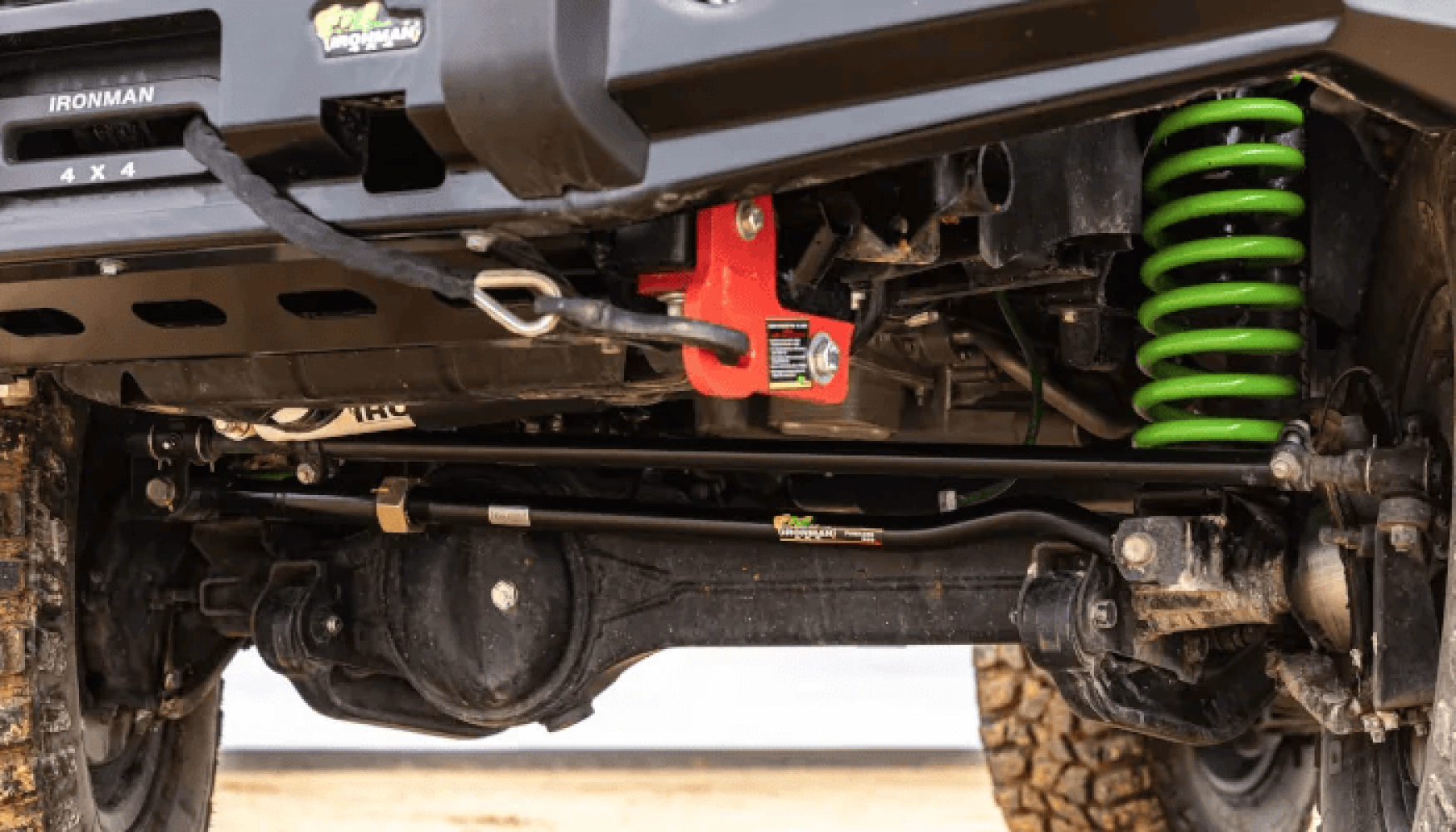
Upgrading your suspension is one of the smartest investments you can make if you’re serious about off-roading or long-distance touring. When it comes to Ironman 4x4 suspensions, two of the most popular options are Foam Cell shocks and Gas shocks. Both are engineered to deliver superior ride quality and durability, but they serve slightly different needs. So, which one should you choose for your vehicle? Let’s break it down.
What Are Foam Cell Shocks?
Foam Cell shocks replace the traditional nitrogen gas with a foam sleeve inside the shock absorber. This foam absorbs the oil’s expansion during heavy use, preventing cavitation (air bubbles forming in the oil). The result is consistent performance even under extreme conditions.
Key Advantages of Foam Cell Shocks:
-
Heat Resistance: Larger oil volume helps dissipate heat, making them ideal for long-distance touring in hot climates.
-
Consistency: No fade, even after hours of corrugations or off-road abuse.
-
Durability: Strong construction suited for heavy-duty 4x4 builds, towing, or vehicles loaded with gear.
Best For: Overlanders, tourers, and anyone carrying heavy loads regularly.
What Are Gas Shocks?
Gas shocks, also called Nitro Gas shocks, use pressurized nitrogen gas to reduce foaming in the shock oil. This provides quicker response and a slightly firmer ride compared to standard hydraulic shocks.
Key Advantages of Gas Shocks:
-
Responsive Ride: Great for mixed driving—on-road stability with off-road capability.
-
Budget-Friendly: Generally more affordable than Foam Cell alternatives.
-
Versatile: Perfect for daily drivers who enjoy the occasional off-road trip.
Best For: Drivers who split their time between city roads and weekend adventures.
Foam Cell vs. Gas Shocks: Head-to-Head
| Feature | Foam Cell Shocks | Gas Shocks |
|---|---|---|
| Heat Dissipation | Excellent – large oil volume prevents overheating | Good – less resistant to extreme heat |
| Ride Comfort | Smoother on corrugations, heavy loads | Slightly firmer, good balance for daily use |
| Durability | Heavy-duty, built for tough conditions | Durable, but less robust than Foam Cell |
| Cost | Higher investment | More affordable |
| Best Use Case | Touring, towing, off-road expeditions | Daily driving + light to moderate off-roading |
Which Ironman Suspension Should You Choose?
-
Choose Foam Cell Shocks if:
You’re planning long road trips, carrying heavy camping gear, towing trailers, or driving in extreme off-road conditions where heat build-up is a concern. -
Choose Gas Shocks if:
You’re a daily driver who occasionally hits the trails, wants a balance of comfort and control, and prefers a cost-effective upgrade.
Final Thoughts
Both Ironman Foam Cell and Gas Shocks are excellent choices—your decision comes down to how you use your vehicle. If you’re a weekend warrior who mostly drives in the city, Gas shocks will serve you well. But if you’re a long-distance tourer or hardcore off-roader, Foam Cell shocks are worth the investment.
Whichever option you choose, Ironman suspensions are designed to handle the toughest terrains, ensuring that your 4x4 stays stable, safe, and comfortable wherever the road (or trail) takes you.

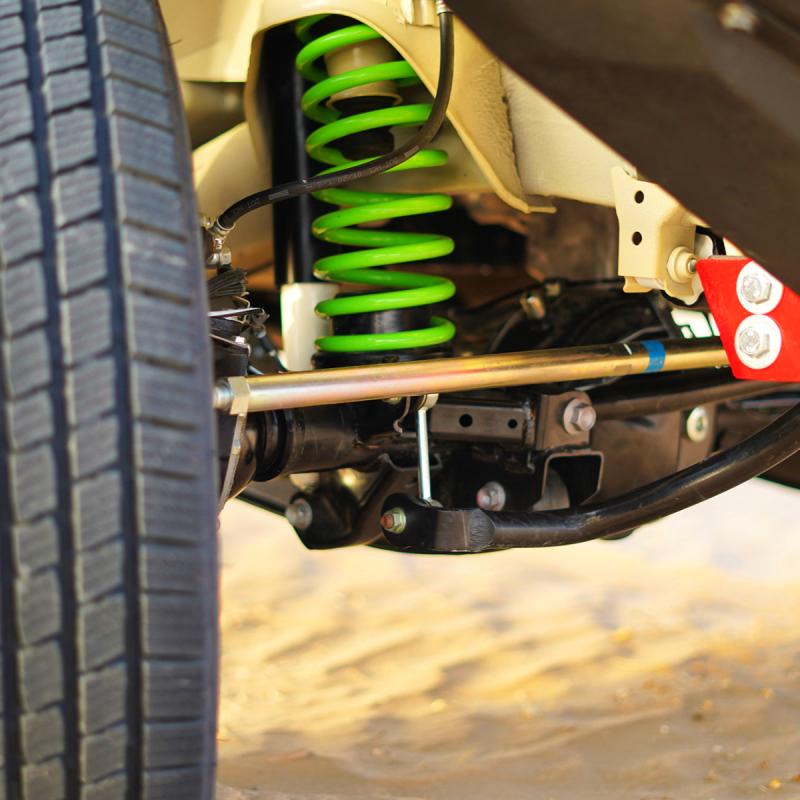
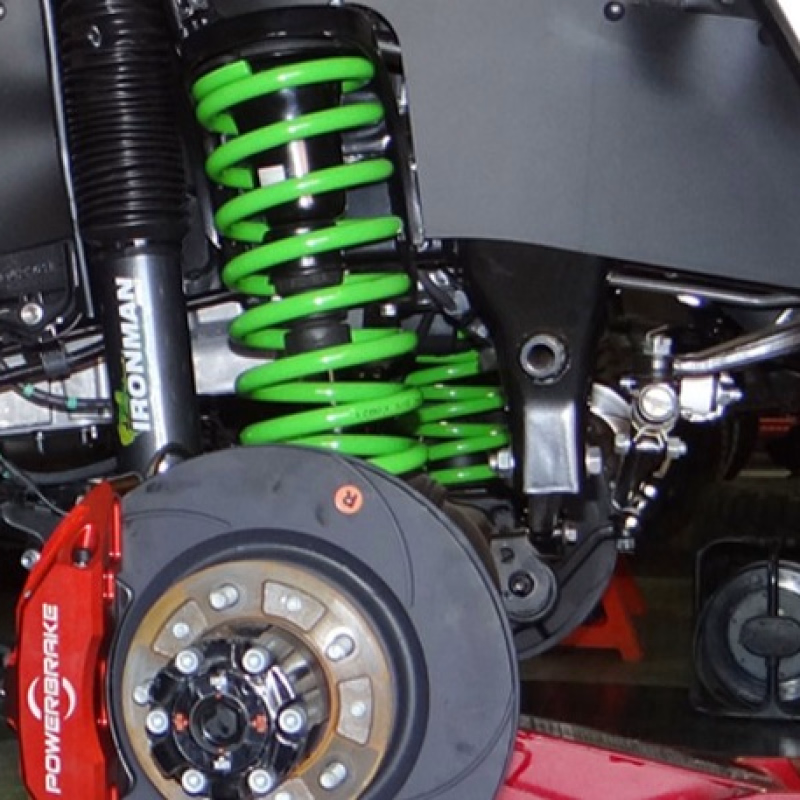
 (5).jpg)

